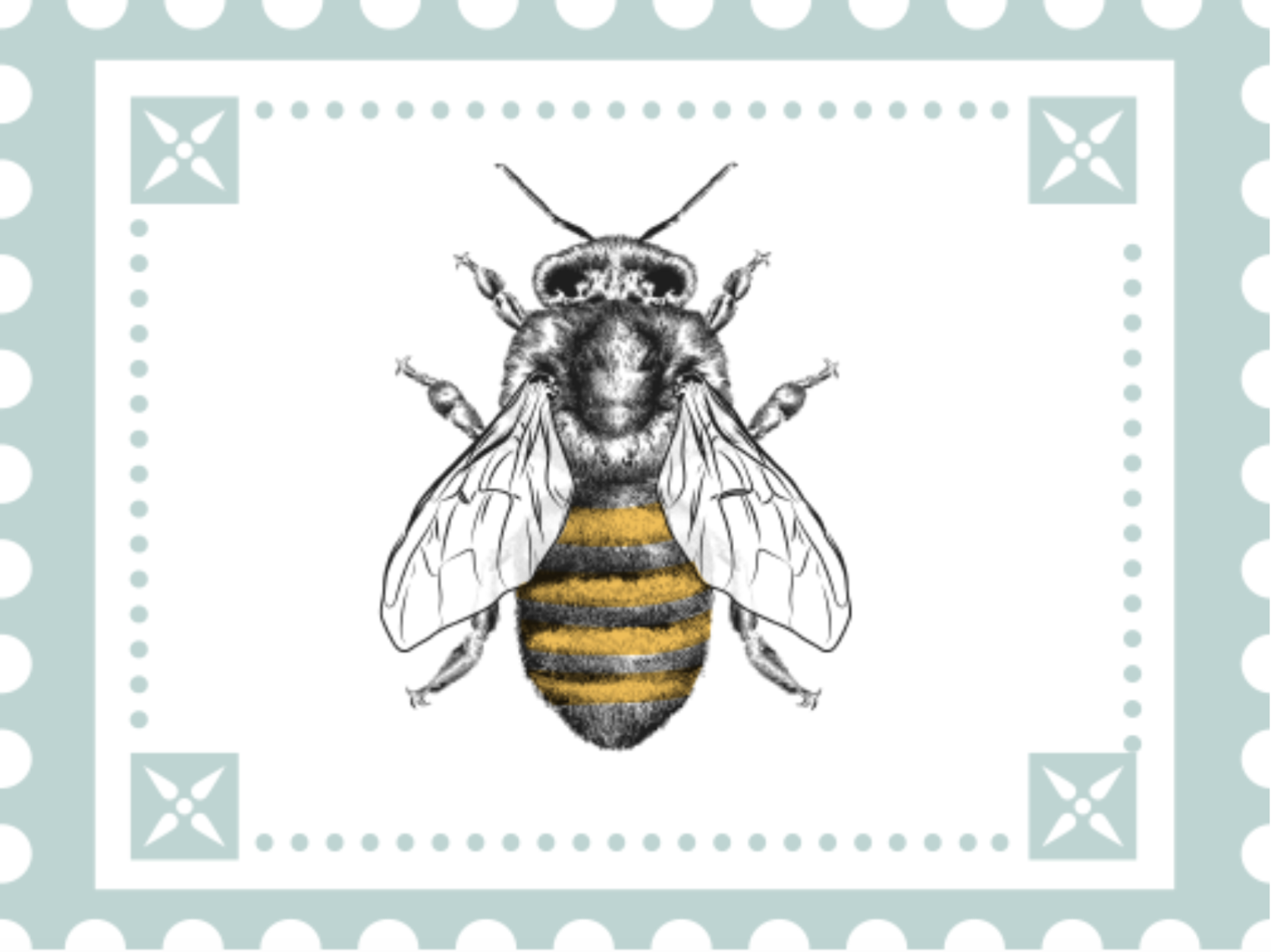
Workhuman, My Gratitudes Journal
ROLE: UX/UI Design
Pitched as a new product vertical within the Recognition System to the executive team.
OVERVIEW
Workhuman is a multinational company headquartered in Boston and Dublin, providing social recognition software solutions to large and mid-size companies.
My Gratitudes Journal is a new concept for a mobile app that helps users capture moments in their life they feel grateful. The main purpose of this journal is to help reduce people’s negative mindsets that can lead to stressful behavioral patterns.
1. BUSINESS OBJECTIVES
The business saw an opportunity for My Gratitudes Journal to help increase recognition amongst colleagues and peers on a more frequent basis to help strengthen their Recognition Programme as a whole.
The key business goals were:
• Deepen the relationship with Workhuman as a brand.
• Increase levels of people’s happiness at work and in their personal life.
• Increase usage of Workhuman’s Recognition Platform by 15% in the year 2020.
• An adoption of 4-7% of users could lead to $30MM in revenue.
The product research team was tasked to uncover the potential market for this product and design innovative features based on the ‘Jobs to be Done’ framework outlined by Tony W. Ulwick.
2. RESEARCH OBJECTIVES
Over the course of two and a half months, the research team conducted a series of virtual workshops with senior stakeholders to uncover the following:
• How likely are people to hire a physical gratitude journal vs a digital application?
• What products do people hire to document gratitude?
• Can we predict higher usage of our recognition system by incentivizing the usage of a gratitude journal?
• What key factors motivate people to express gratitude?
3. KEY WORKSHOPS & USER RESEARCH
• Jobs Map - story mapping step by step the functional, and emotional jobs the person is trying to get done in a workshop format.
• Customers Needs - Qualitative survey (15 participants) ranking the top 10 needs on the level of importance and satisfaction.
• Value Proposition - Synthesizing the survey findings to define the product’s value proposition and business model in a group workshop.
• Competitive Analysis - Compare the value proposition proposal with other solutions similar solutions and identify the gaps in the market.
• Design Sprint - Product ideation, user journey flow, wireframing, and high-level prototyping to quickly test the ideas with the market segment.
• Usability Testing - Test basic usability and heuristics for the product. Quickly re-design any key issues.
• Testing the market - Quantitative Survey (200 participants) ranking the top 10 features on the level of importance and satisfaction.
DESIGN & USABILITY TESTING REPORT
As a Senior Product Designer in the team, my role during this project was to create the customer journey app flow, design the high fidelity mobile app screens, prototype, present back to the CEO and executive stakeholders, and overview the usability testing report to validate the initial user response.
The usability test was conducted alongside the quantitative survey to help prioritize the key initial features for the MVP phase.
OVERALL FEEDBACK
The usability report didn’t outline any major navigation issues and the features were self-explanatory. Areas for improvement were the following:
• Access to the app without a work email
• Improve privacy concerns. E.g. ‘what would happen to my journal if I leave my company?’
• What would a notification reminder campaign look like?
• Improve effectiveness in habit building with the addition of influencers.


Jobs Map outlining step by step

The Value Proposition Canvas, template from Strategizer

Design Sprint, sample of Ideation, story mapping workshop

My Gratitudes Journal - User Journey App Flow

High fidelity - Key Screens

High fidelity - Key Screens







